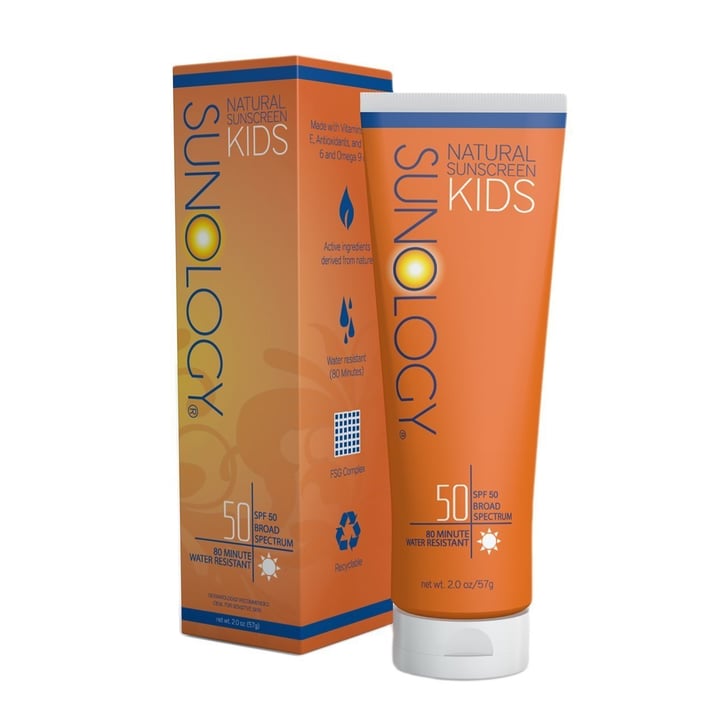

Piliang explains some of these concerns surrounding chemical sunscreen ingredients. While these ingredients were previously approved by the FDA, a recent announcement calls for new testing to determine how safe these chemical ingredients really are.ĭr. There are more than 10 types of chemical sunscreen ingredients currently on the market.
#SAFEST SUNSCREEN SKIN#
Chemical sunscreens are partially absorbed into the skin and create a chemical reaction that helps prevent UV damage. Physical sunscreen ingredients work like a reflective barrier, scattering UV rays before they penetrate your skin. If your sunscreen contains chemical filters, the active ingredients may include: Physical sunscreen ingredients - sometimes called mineral sunscreens - include: Piliang.Ĭheck the active ingredients on your sunscreen label to find out whether your sunscreen contains physical or chemical filters. “All FDA-approved sunscreens contain approved physical or chemical blockers or a mix of the two,” says Dr. Food and Drug Administration (FDA) regulates sunscreens to ensure they’re safe and effective. “Regular sunscreen use reduces and prevents these effects.”

You can slash your risk of melanoma, the deadliest form of skin cancer, by 50%. Daily use of sunscreen that is SPF 15 or higher can reduce your risk of skin cancer. Lower risk of skin cancer: Skin cancer is the most common cancer in the U.S.Sunscreen comes in gels, creams, powders and sprays that you apply directly to your skin. UV rays - which come from the sun and tanning beds - can cause skin cancer and extra signs of aging. Sunscreen uses active ingredients to filter ultraviolet (UV) rays before they reach your skin.
#SAFEST SUNSCREEN HOW TO#
Policyĭermatologist Melissa Piliang, MD, provides advice on choosing a sunscreen that works - and how to avoid ones that don’t.

We do not endorse non-Cleveland Clinic products or services. Advertising on our site helps support our mission. Cleveland Clinic is a non-profit academic medical center.


 0 kommentar(er)
0 kommentar(er)
